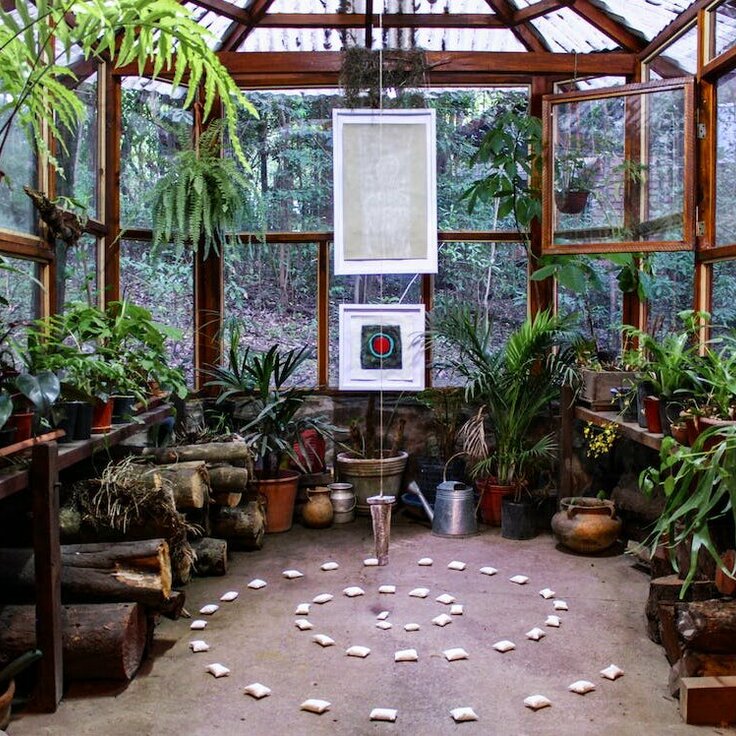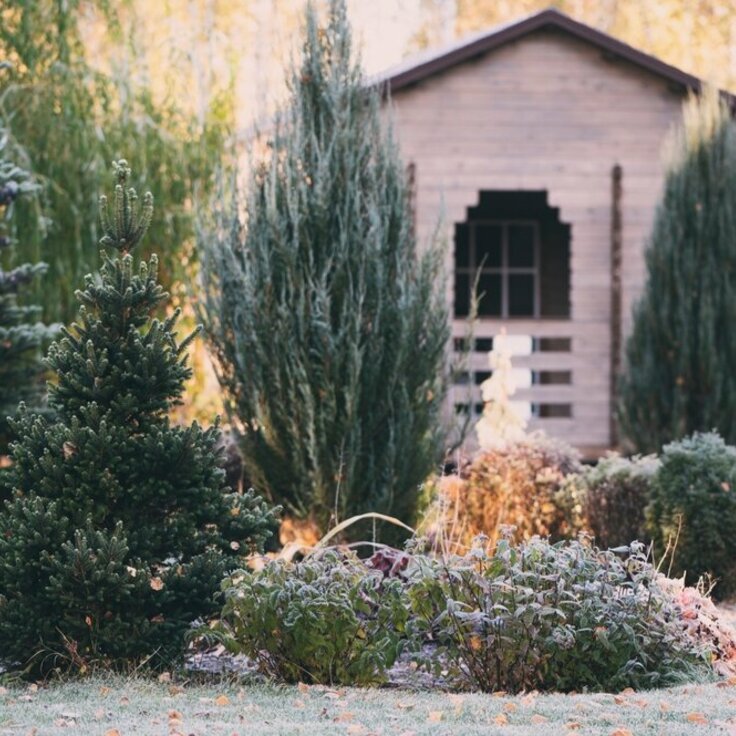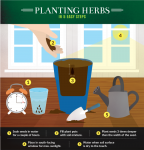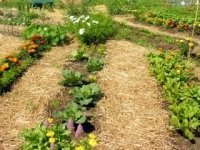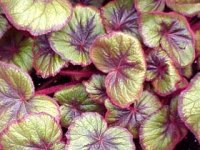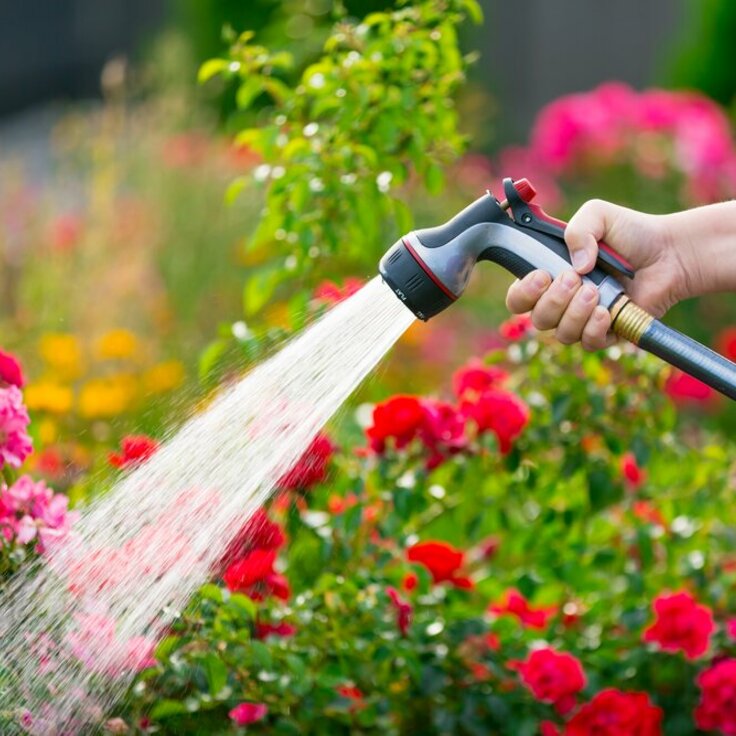Choosing the Right Seeds for Your Climate and Soil
Selecting the right seeds for your garden is essential for ensuring a successful and thriving garden. The choices you make can significantly impact the growth and yield of your plants. This blog will guide you through the process of choosing seeds that are best suited to your specific climate and soil type, helping you make informed decisions that lead to a bountiful garden.
Understanding Your Climate
Climate plays a crucial role in determining which seeds will thrive in your garden. Different plants have varying requirements for temperature, humidity, and growing seasons. To select the right seeds, you first need to identify your climate zone. This can be done by referring to the USDA Hardiness Zone Map or similar resources in your region. These maps categorize areas based on average annual minimum temperatures, helping you understand which plants are likely to survive and flourish.
For instance, if you live in a region with hot, dry summers, you might want to choose drought-resistant seeds. Conversely, if your area experiences cold winters, look for seeds that can withstand frost. Australian seeds, for example, are often well-suited for regions with similar climates to Australia, where plants need to thrive in warm, dry conditions. If you live in a region with acidic soil and cool climates, you might want to explore cranberry harvest opportunities, including seasonal vacancies, as these conditions are ideal for growing cranberries. Understanding your local climate will guide you in selecting seeds that are more likely to succeed.
Evaluating Your Soil Type
The type of soil in your garden significantly impacts which seeds will thrive. Soil types generally fall into three categories: sandy, loamy, and clay. Understanding your soil type can help you choose seeds that will grow well in your garden’s unique conditions.
To determine your soil type, take a sample and feel its texture. Sandy soil feels gritty and drains quickly, loamy soil feels smooth and retains moisture well, and clay soil feels sticky and retains water. You can also perform a simple jar test to see how the different components of your soil settle.
Different seeds prefer different soil types. For instance, root vegetables like carrots and radishes do well in sandy soil because it allows their roots to grow freely. On the other hand, leafy greens and legumes prefer loamy soil due to its balance of drainage and nutrient retention. Clay soil, with its dense and water-retentive nature, is suitable for crops like broccoli and cabbage. Matching your seeds to your soil type can lead to better growth and healthier plants.
Researching Plant Varieties
Once you understand your climate and soil type, it’s time to research plant varieties that are well-suited to these conditions. Local gardening centers and extension services are excellent resources for finding information about which plants thrive in your area.
Consider whether you want to grow heirloom or hybrid seeds. Heirloom seeds are open-pollinated and have been passed down through generations, often valued for their unique flavors and historical significance. Hybrid seeds, on the other hand, are bred for specific traits such as disease resistance and increased yield. Both have their advantages, so choose according to your gardening goals and preferences.
For example, if you live in a region with a short growing season, look for plant varieties that mature quickly. Similarly, if your area is prone to pests, seek out seeds that are bred for pest resistance. By selecting plant varieties tailored to your local conditions, you enhance your chances of a successful garden.
Buying Quality Seeds
The quality of your seeds plays a crucial role in the success of your garden. When buying seeds, look for reputable suppliers and pay attention to the information on seed packets. This includes the germination rate, the date the seeds were packaged, and any specific planting instructions.
High-quality seeds usually have higher germination rates, meaning more of the seeds you plant will sprout. Check for expiration dates, as older seeds may have reduced viability. Trusted seed suppliers often provide detailed information about their seeds, including ideal planting conditions and any special care they require.
Some well-regarded seed suppliers include Burpee, Johnny’s Selected Seeds, and Baker Creek Heirloom Seeds. Buying from these sources can give you confidence in the quality and reliability of the seeds you are planting.
Preparing Your Soil for Planting
Preparing your soil is a critical step to ensure the successful germination and growth of your seeds. Start by clearing the area of any weeds, rocks, or debris. Then, amend your soil based on its type.
For sandy soil, add organic matter such as compost or well-rotted manure to improve nutrient content and water retention. For clay soil, incorporate sand and organic matter to improve drainage and aeration.
Test your soil’s pH level and adjust it if necessary. Most garden plants prefer a slightly acidic to neutral pH (6.0-7.0). You can adjust soil pH by adding lime to raise it or sulfur to lower it. Once the soil is prepared, create a smooth, level seedbed to ensure even planting and good seed-to-soil contact.
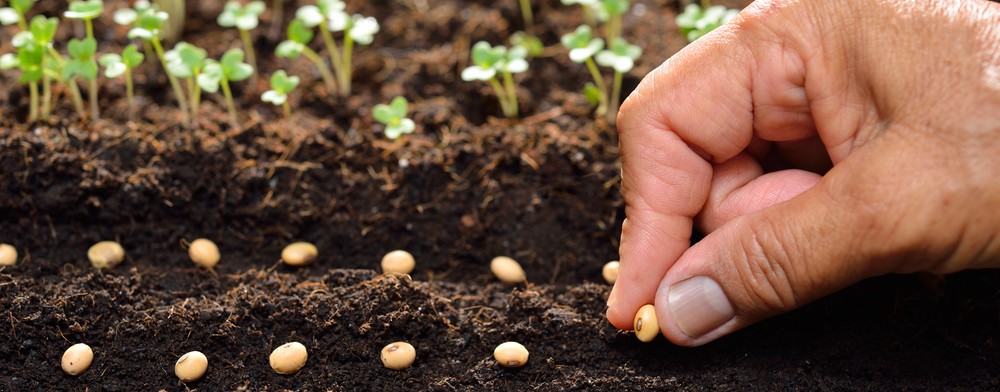
Planting and Care Tips
When it comes to planting your seeds, follow the instructions on the seed packet for depth and spacing. Planting seeds too deep or too shallow can affect their ability to germinate and grow. Ensure that the soil is moist but not waterlogged, as seeds need moisture to germinate but can rot if they are too wet.
Proper care after planting is also crucial. Keep the soil consistently moist until the seeds have germinated. Once the seedlings have emerged, continue to water them regularly, ensuring they receive enough sunlight. Thin out seedlings if they are too crowded, as this can hinder their growth.
Avoid common mistakes such as overwatering, which can lead to root rot, or under-watering, which can stress the plants. Also, protect young plants from pests and diseases by using appropriate measures such as organic pesticides or companion planting.
Essential Tips for Successful Seed Selection and Gardening
Choosing the right seeds for your climate and soil is essential for a thriving garden. By understanding your climate, evaluating your soil type, researching plant varieties, buying quality seeds, and preparing your soil, you set the stage for successful gardening. With careful planting and ongoing care, you can enjoy a bountiful harvest and the satisfaction of growing your garden from seeds. Happy gardening!

